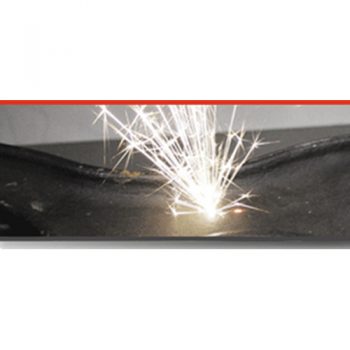Laser Marking Technology
Complete part traceability is an essential component for compliance with ISO quality standards. Traceability begins with part marking, and choosing laser marking technology allows manufacturers to automate marking operations and ensure a high level of control. This technology consists of a high frequency beam generated from a laser source. This beam is then amplified and directed towards a part to be marked via a series of rotating mirrors. The reaction that takes place inside the material marked consists of 3 distinct processes:
- Engraving: a groove is created in the first layers of the material
- Annealing: the color of the target material is altered to enhance the contrast
- Foaming: the coating aspect is altered.
Fiber laser marking is widely recognized as one of the most effective marking technologies, and offers a multitude of solutions for any industry.
SIC Marking has chosen the Ytterbium-doped fiber laser for its powerful reliability and low operating costs.
Here's how it works: the laser technology source generates a signal that is amplified in the fiber optic cable. The signal then passes through the collimator which aligns the beam and reduces its diameter to 7mm before entering the galvanometric head. This galvo head is equipped with two rotating mirrors that further focus and direct the laser beam for fast and rigidly precise marking. Finally, a lens concentratest he signal's power into a 30 µm beam.




Reviews
There are no reviews yet.